Ostra Vetere is one of those places that you have never visited, although being very close to you. Because, what do you think you can find there? Well, apparently, a lot! Isabelle and her husband Erik visited it for us.
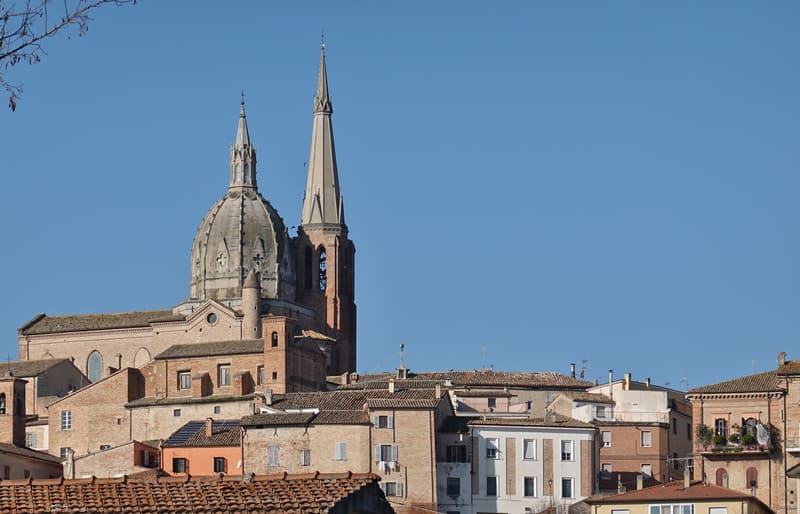
Do not confuse this municipality with the nearby town of Ostra, although they both claim the same history: until 409 AD the Roman Ostra was located in the valley, before the inhabitants fled on the higher hills for the oncoming Goths.
We are not sure whether this story fits to Ostra Vetere: it is only in the 12th century that a small religious settlement dedicated to Saint Severo is mentioned in writing on the present site of Ostra Vetere. 100 years later people already spoke of the castle village of Montenovo.

This will change lord repeatedly, among others even the Sforza and della Rovere families tried to hold sway here.
In 1882, after long discussions with the neighborhood municipality of Montalboddo, which would call itself Ostra, Montenovo received permission to call itself Ostra Vetere, the Old Ostra.
Isabelle and Erik parked for free around the city wall (14th-15th century), enough space by the way, to reach the west gate. Just outside the city gate they saw an old hospital building.
Once they entered the historic center, they immediately noticed that Ostra Vetere used to have great wealth, numerous colossal buildings, especially palazzi, with framed doors and beautiful door knockers. One day we will write a post about the doorknobs and door knockers of Le Marche. I find them so fascinating and creative, at times.
The civic tower from the 15th and 16th centuries towered over everything. On one of the palazzi there is a sign stating that Arnaldo Giuseppe Fornaroli lived there, who in 1913 built the first Italian automatic telephone exchange in the municipality of Jesi.
And then, a great surprise! A very beautiful staircase, similar to the most famous one in Corinaldo! Only the well was missing here!
The neo-Gothic Santa Maria di Piazza church, whose towers already define the skyline of Ostra Vetere from afar, is unfortunately still closed due to the earthquake in 2016.
But there are plenty of other churches! At piazza Beata M.Crocefissa Satellico, the baroque Santa Lucia church turned out to be worth a visit. Once inside, the side chapel is entirely dedicated to Maria Crocifissa Satellico, an 18th century abbess and beatified by Pope John Paul II. The painting on the altar was blessed in Rome by the current Pope Francis.
The organ made by the famous organ builders Canonici from Montecarotto also showed off high above the front door, the altar with a striking wooden crucifix completed the picture.
The municipal museum next door contains 3 departments: the Pinacotheque, with a work by Pomarancio, a collection of 3500 books from the 15th and 16th centuries and the antiquarium with a copy of the Roman statue Trajan (the original was excavated in the area at the end of the 19th century. After which it was moved to a museum in Geneva). Unfortunately, also the Museum seemed to be closed.
Via Via Mazzini the spectacular staircase can be seen from below.
There is the possibility to walk along the city wall to the Santo Severo church (15th century) with an impressive 13th century portal.
Also beautiful was the 14th century St. Francis cloister with frescoes still visible. Moreover, the locals find their post office here!
It is a little town that can charm the visitors with its wonderful views, the cozy alleys, the special shops…
There is also a bar built into the city wall, by which runs the alley exiting Porta IV Agosto and the centre.
An insider tip:
If you walk out of Porta IV Agosto towards the old Ss Crocefisso church from the 15th century, you will pass a garden belonging to a passionate collector of statues of saints, and not only those…
We wish you a nice exploration of Ostra Vetere !
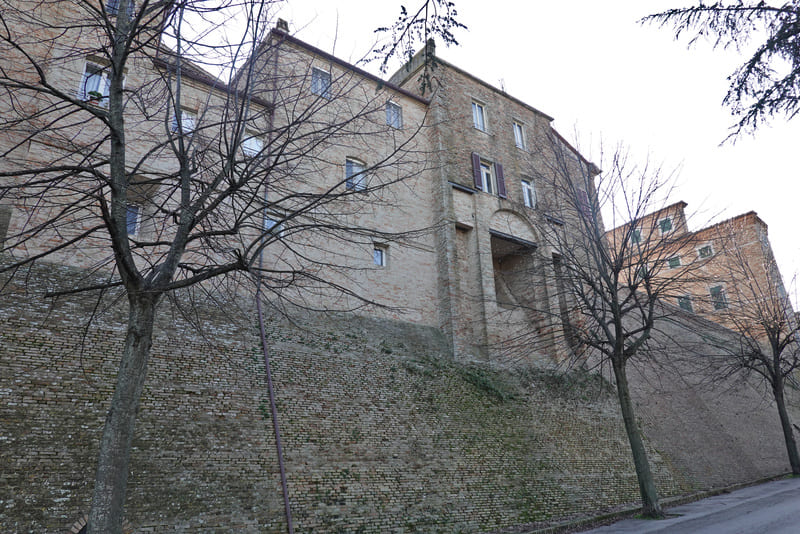
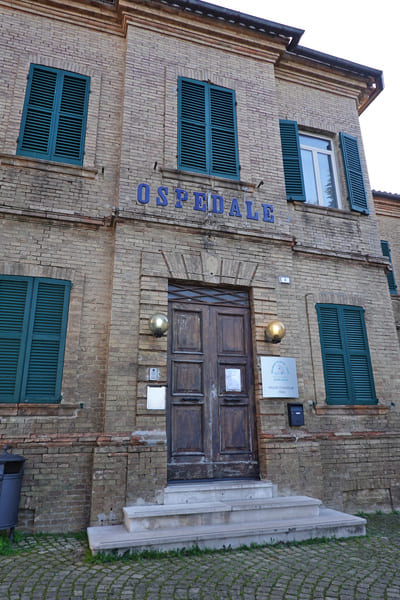
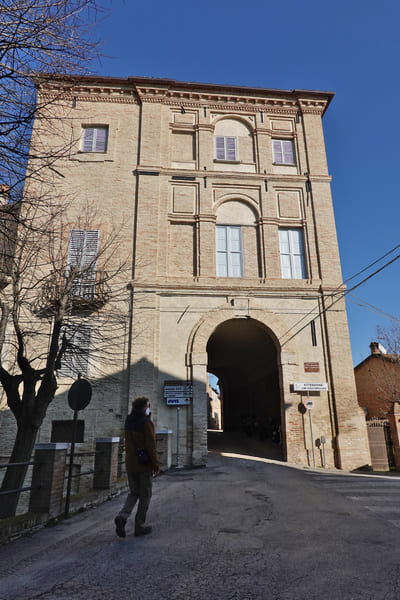
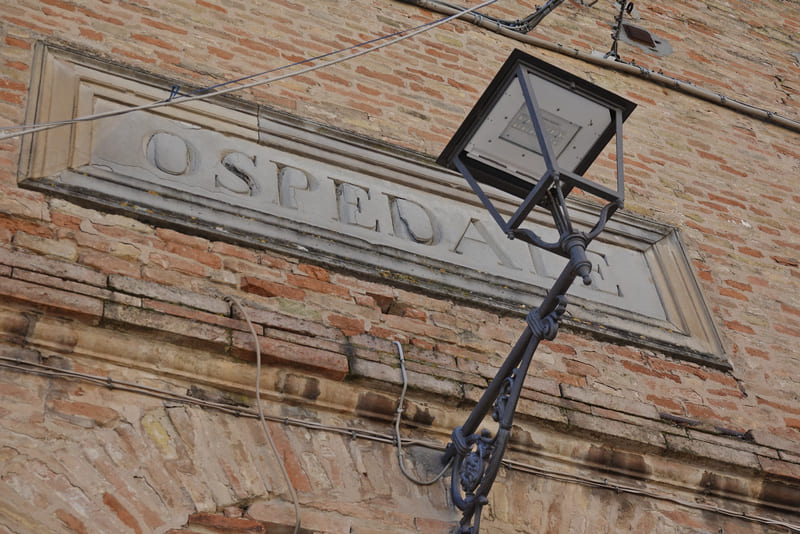
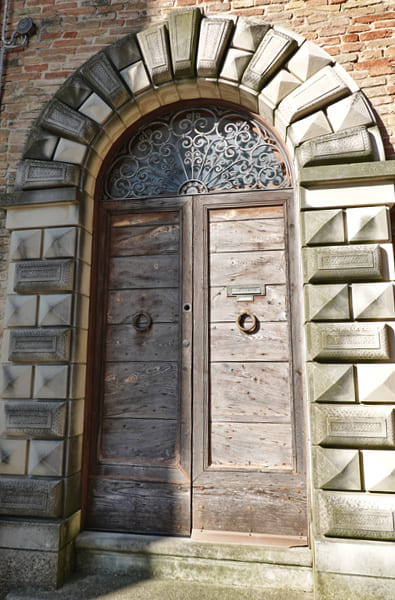

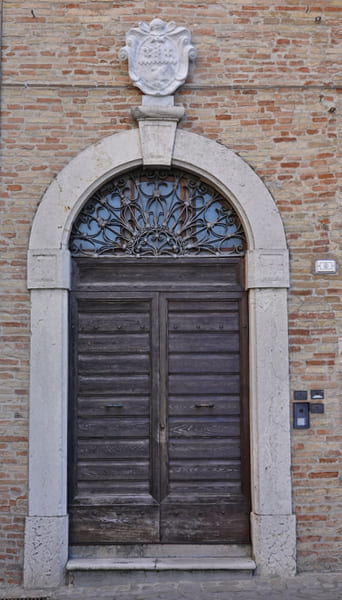
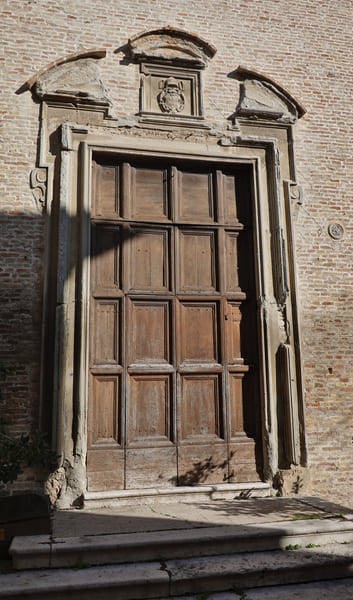
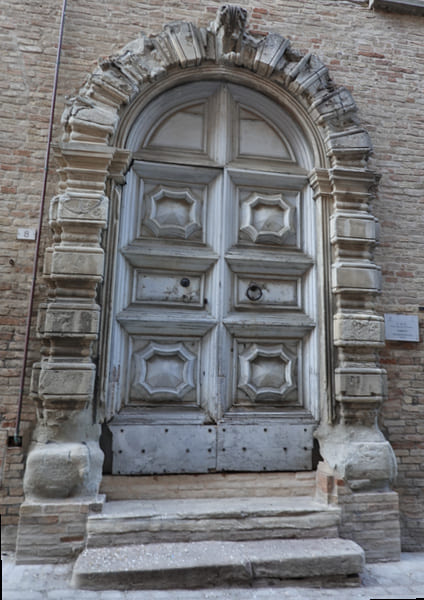
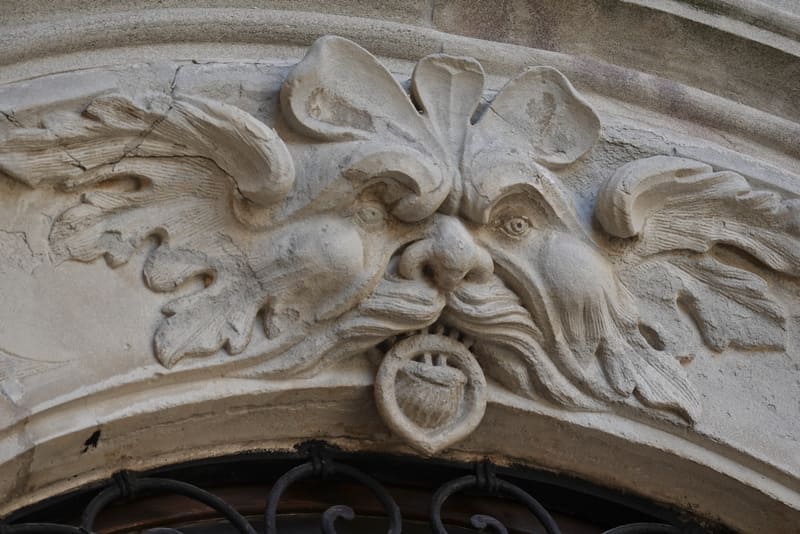
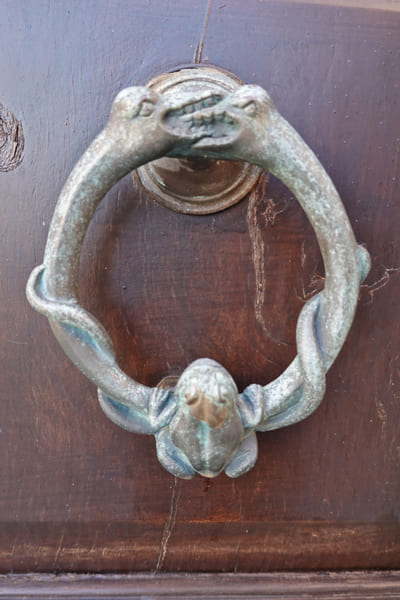
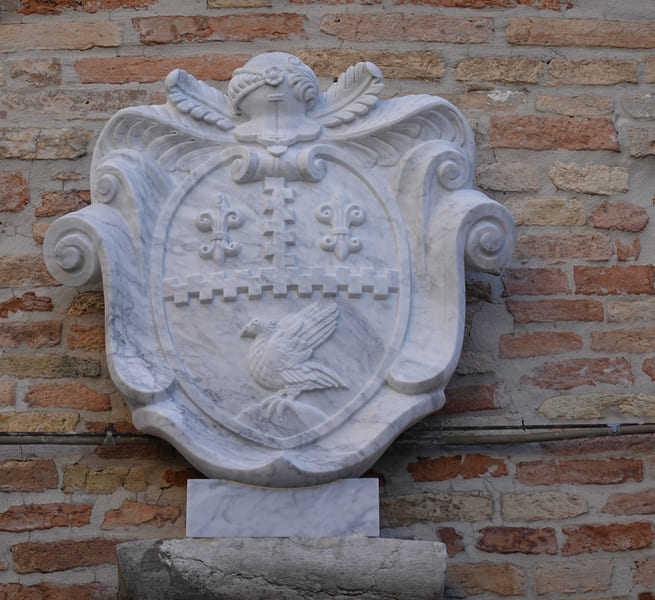
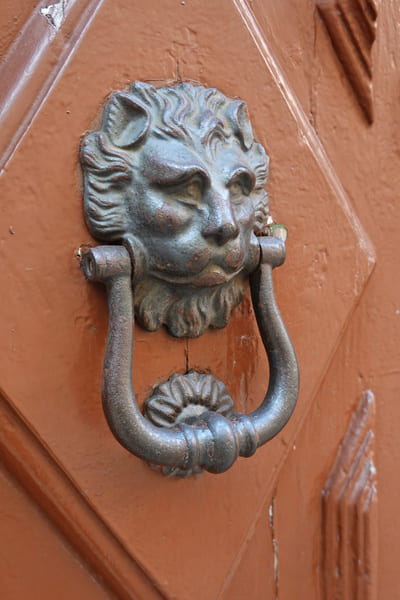

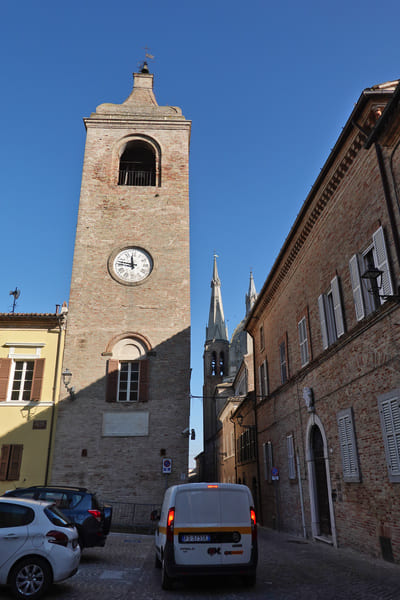
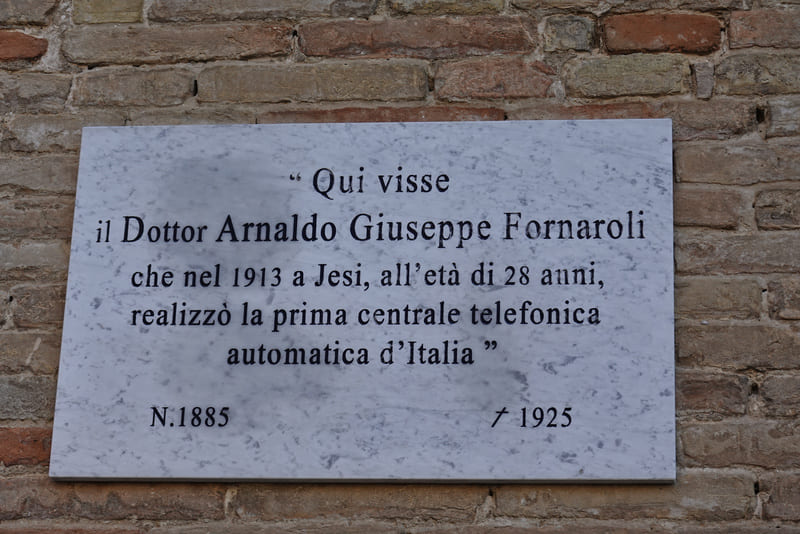
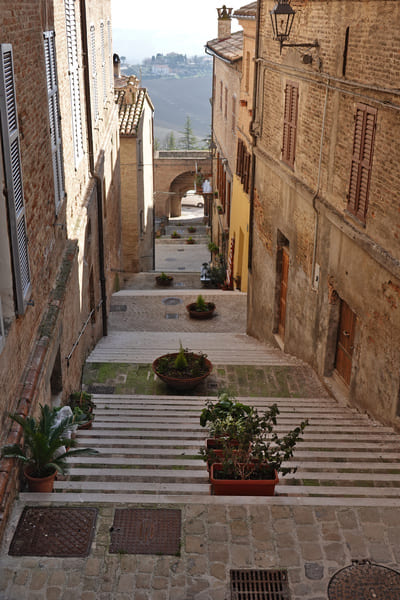
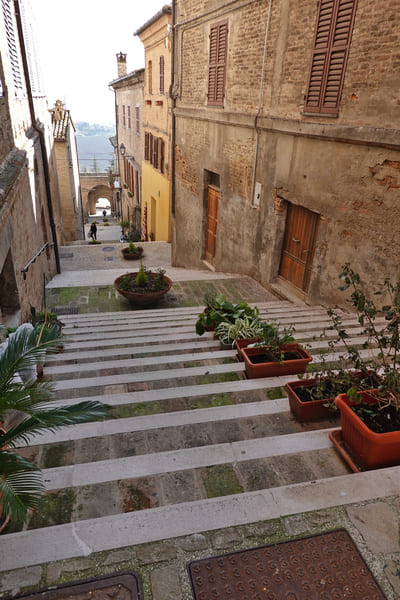
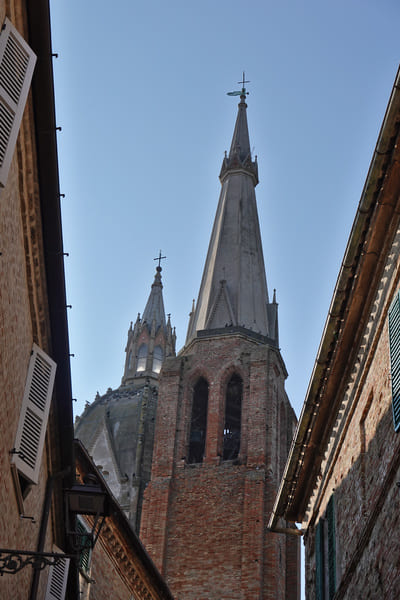
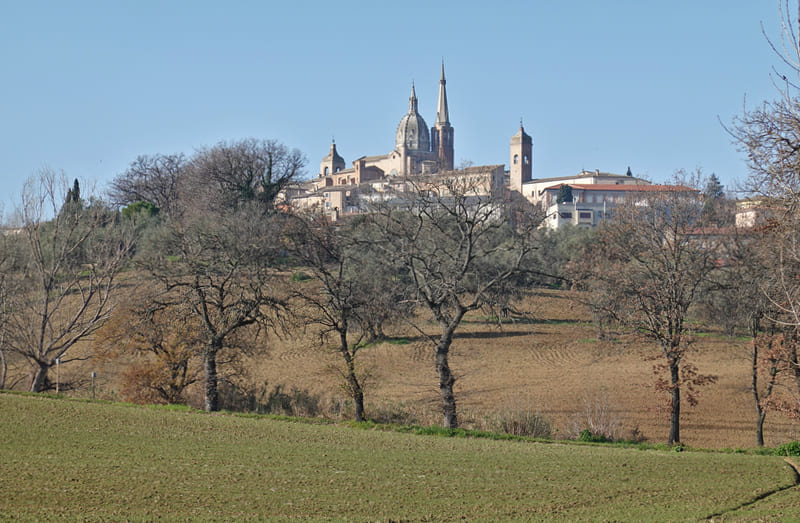
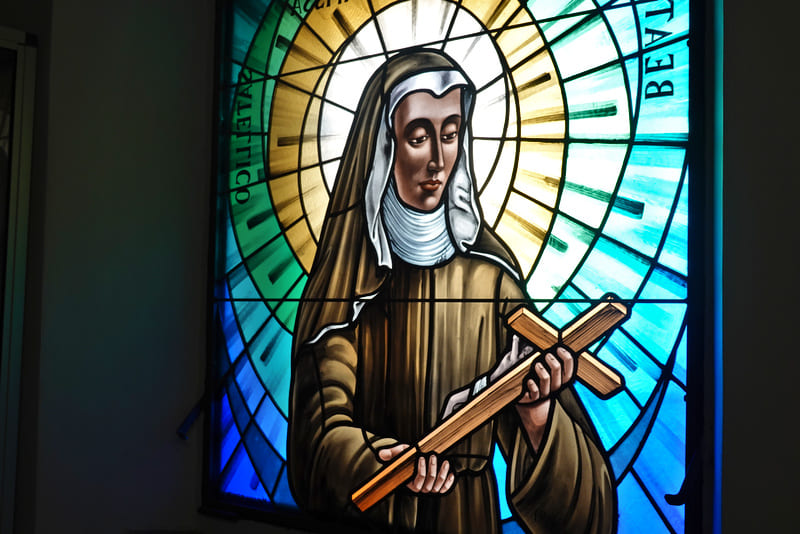
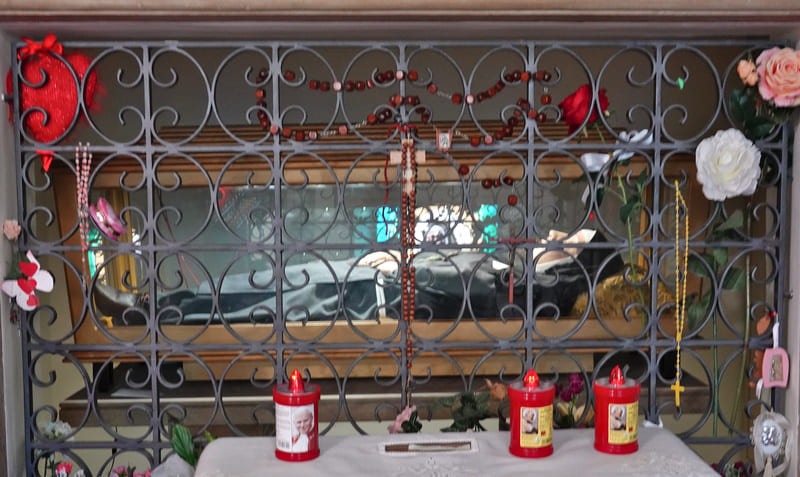
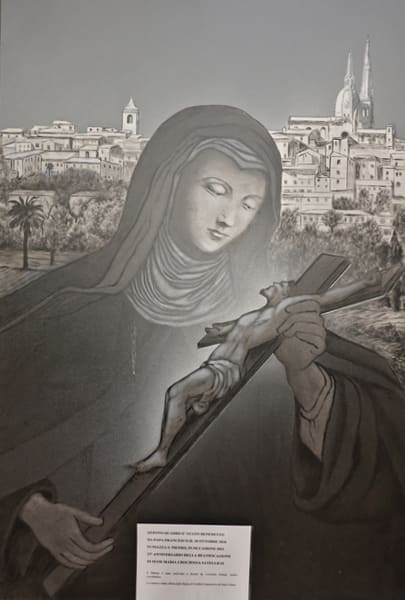
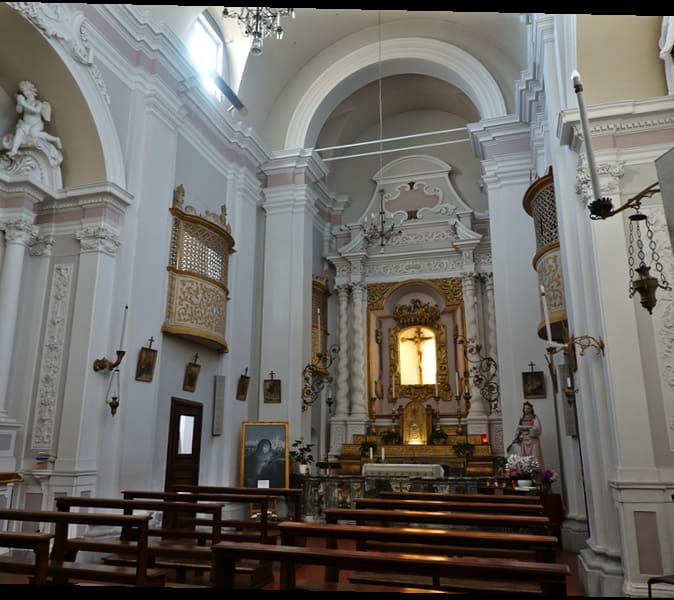
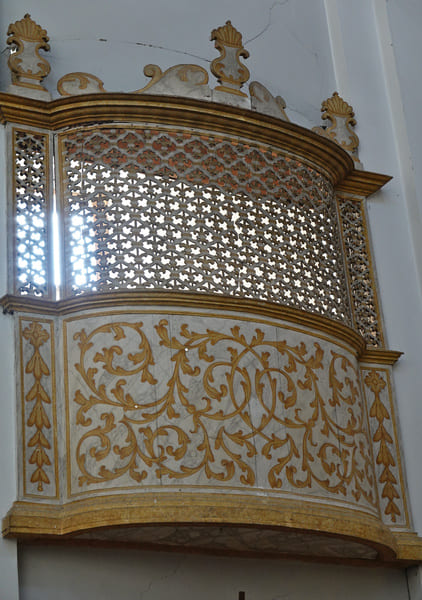
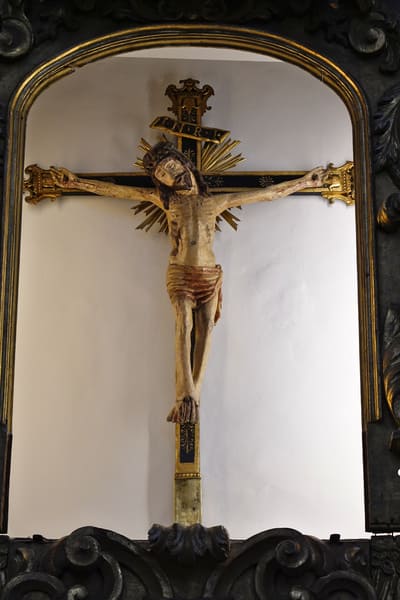

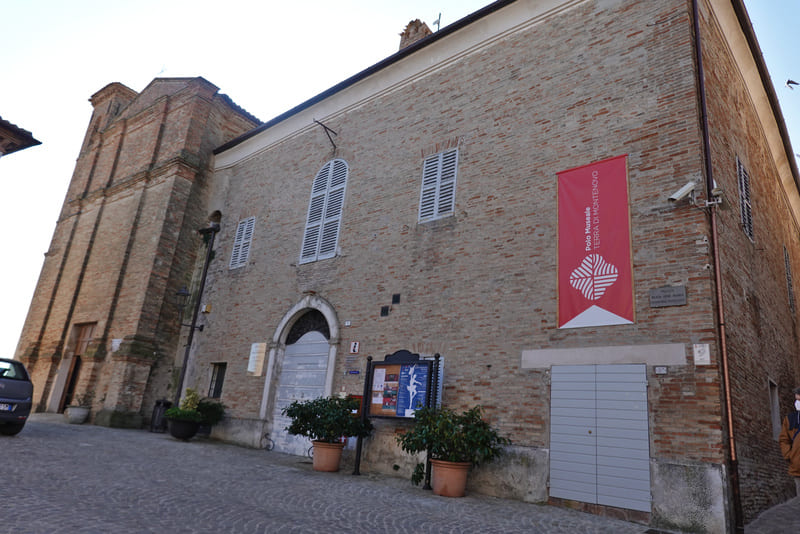
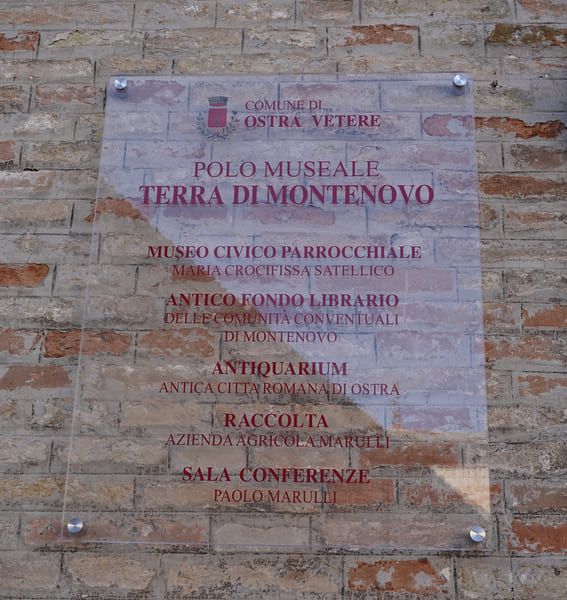
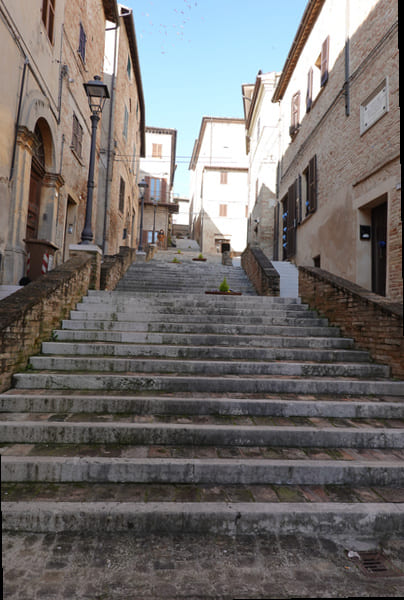
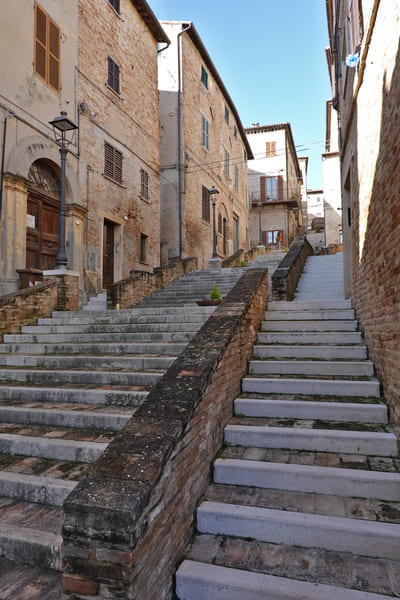
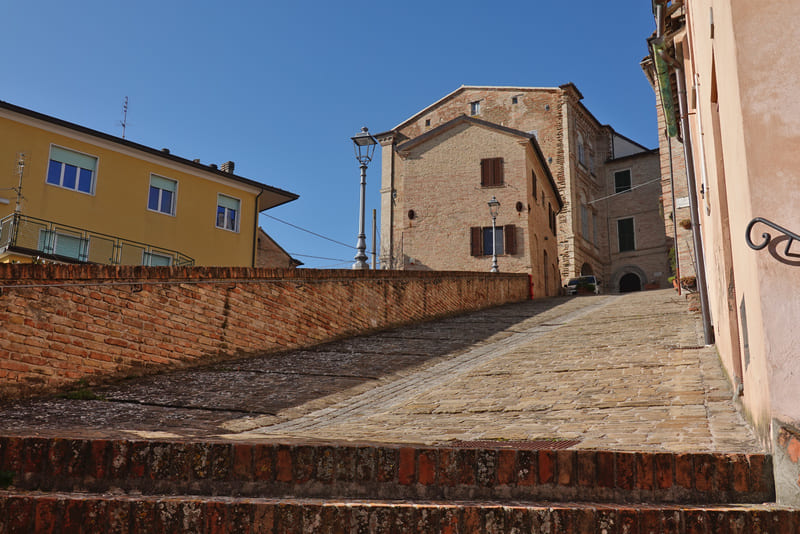
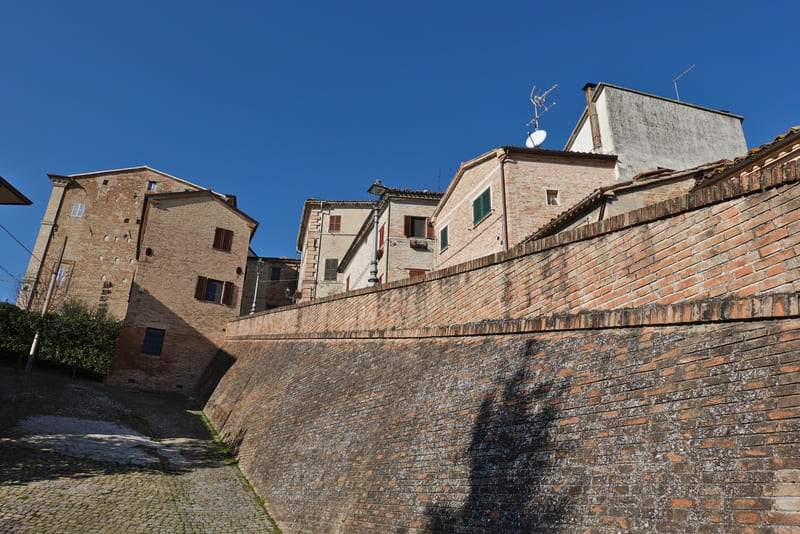

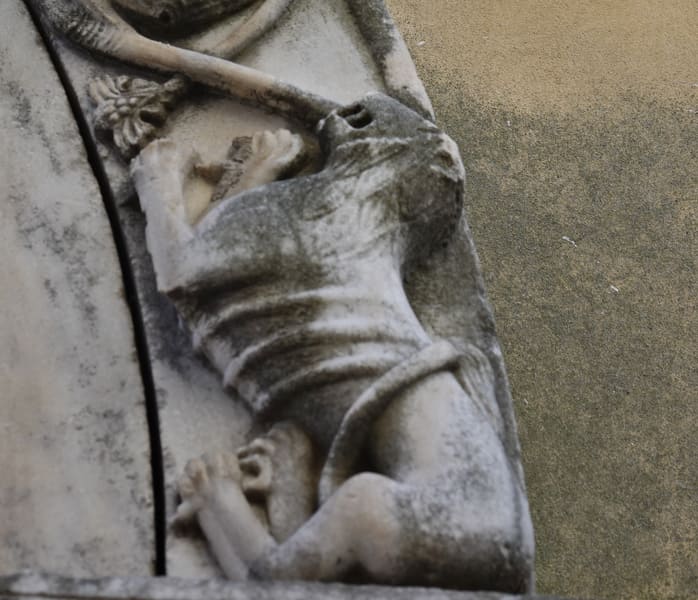
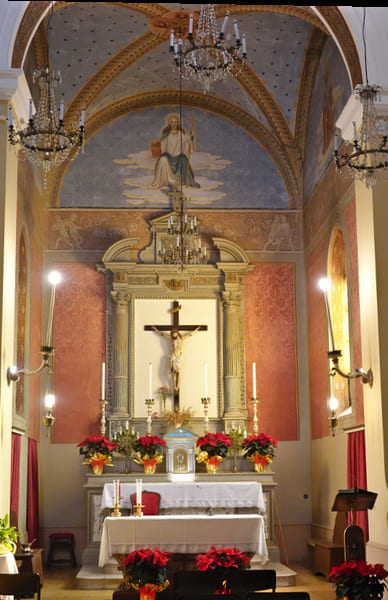
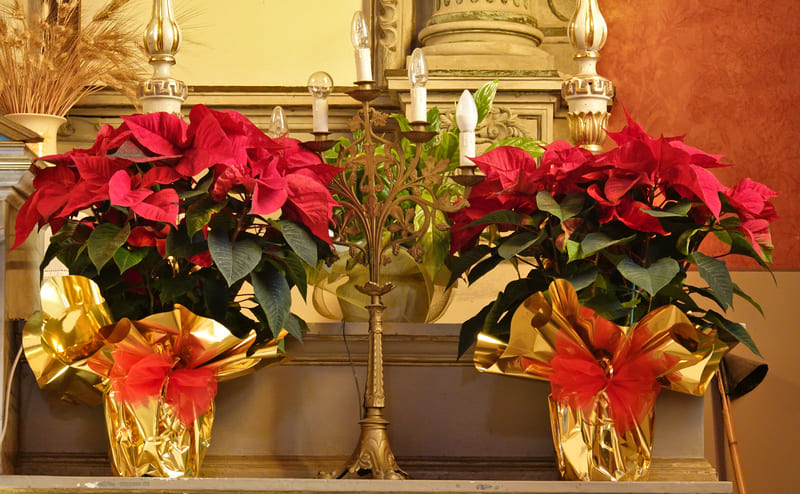
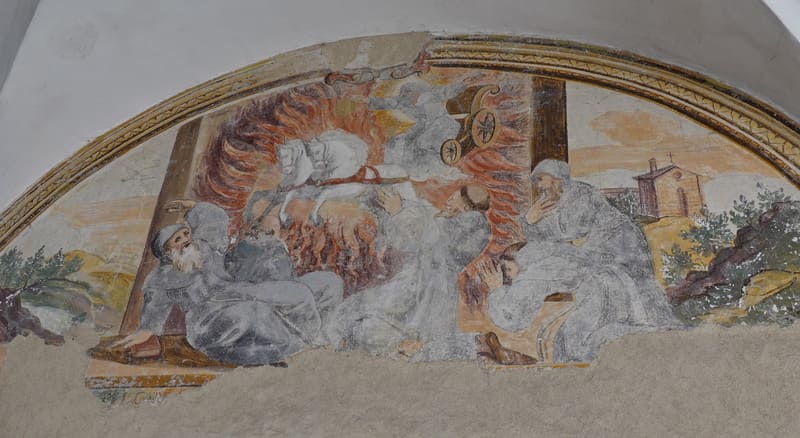
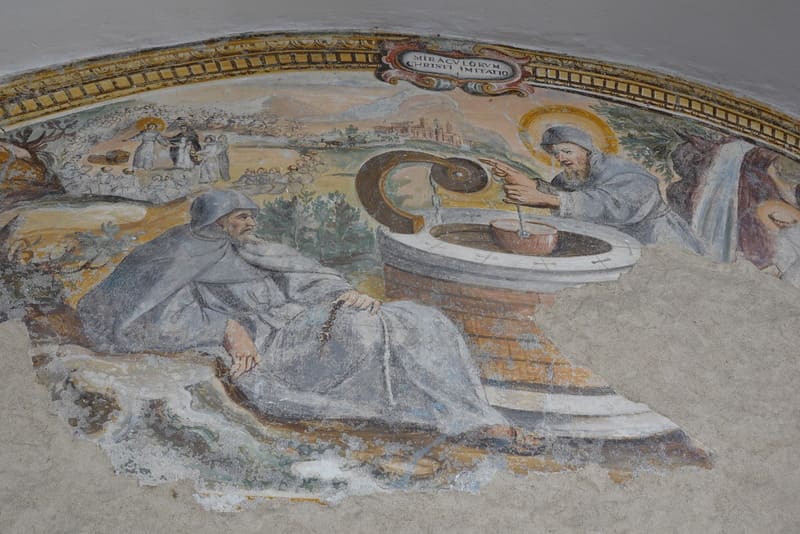

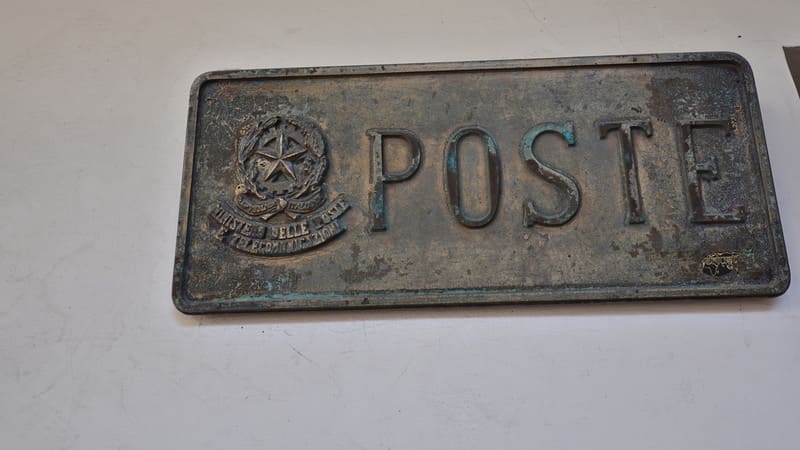
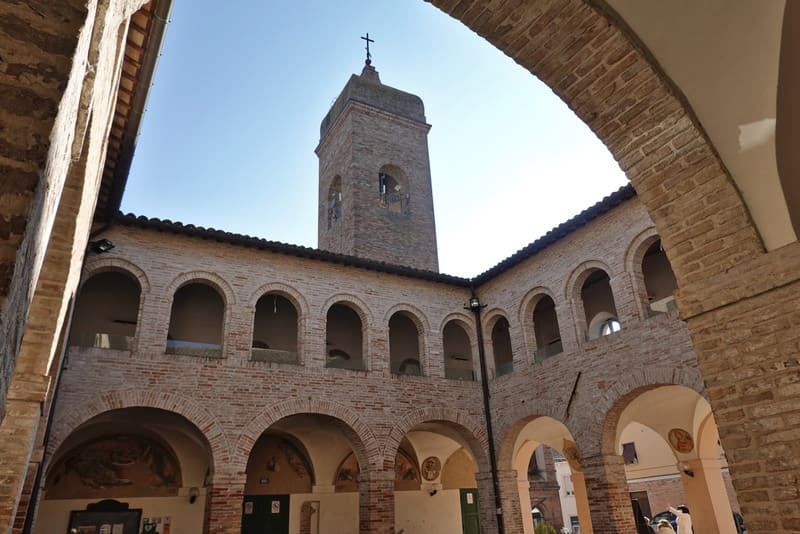
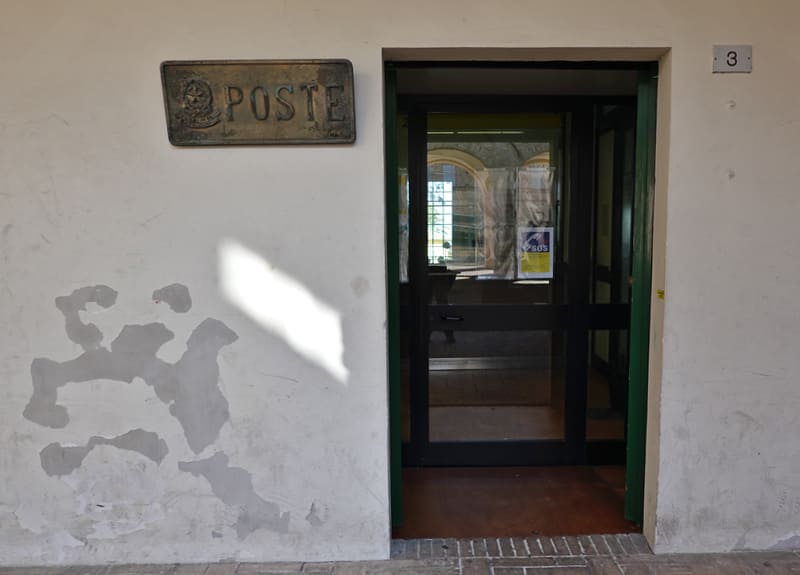
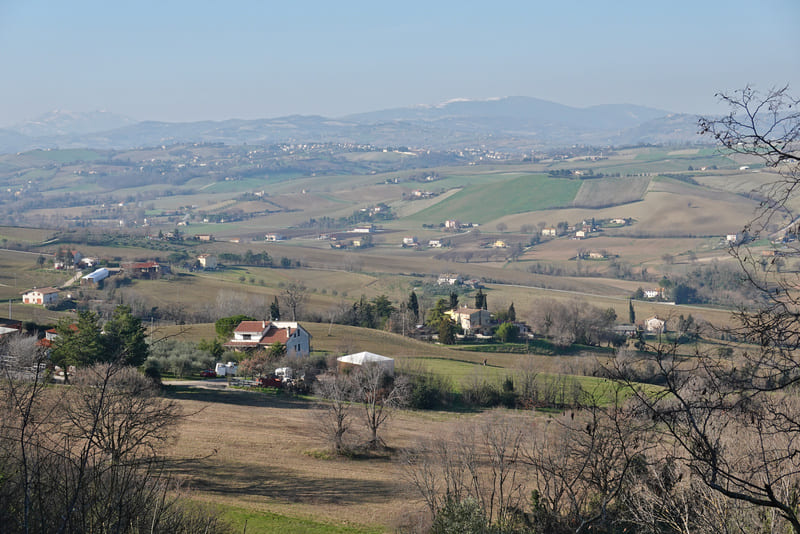
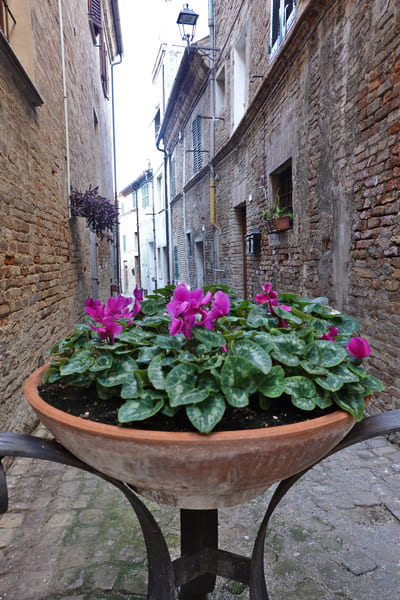
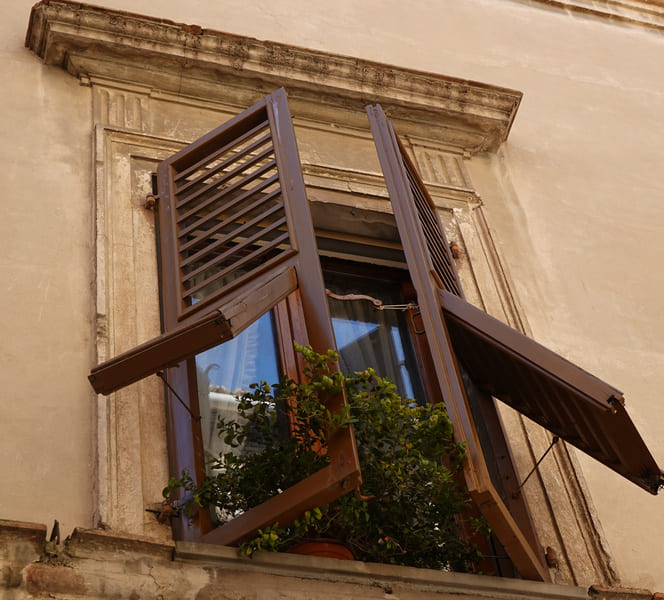
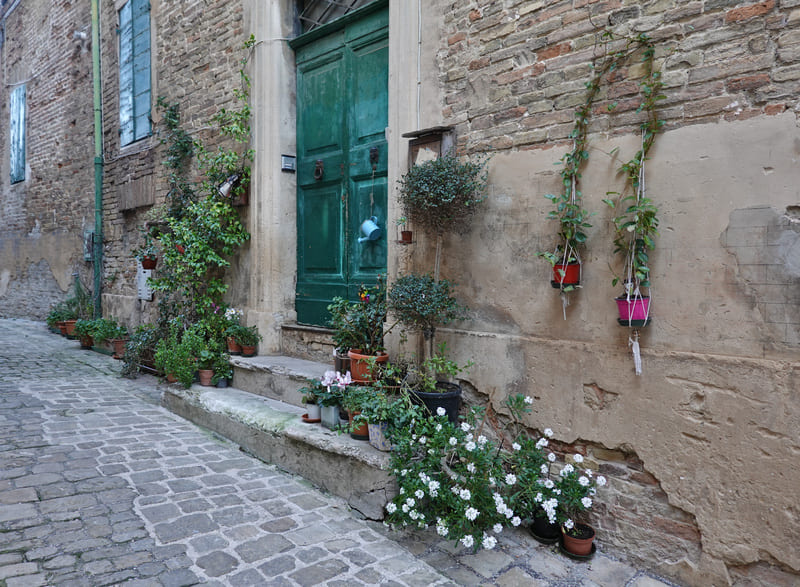
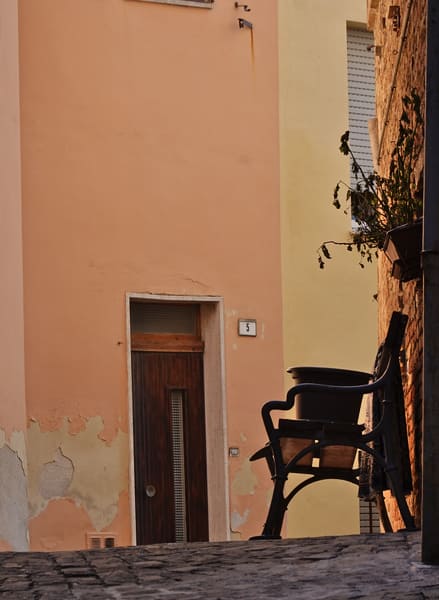
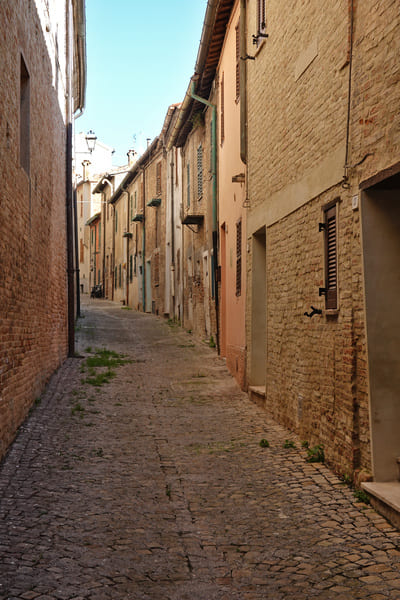
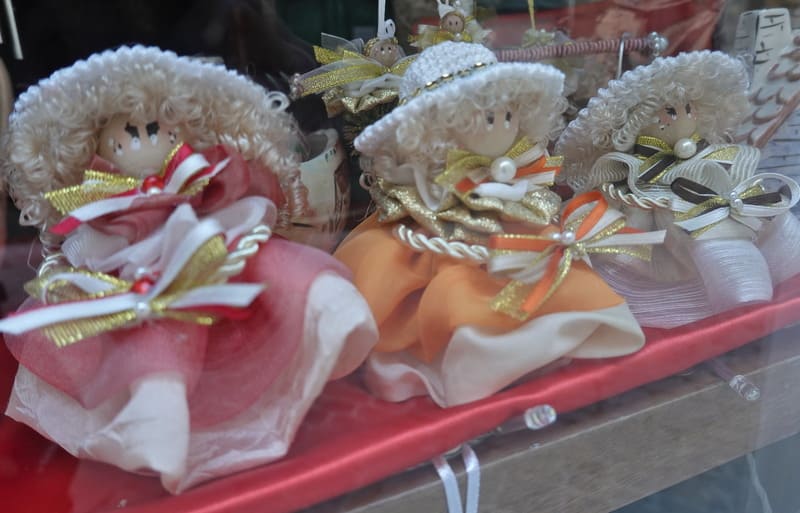
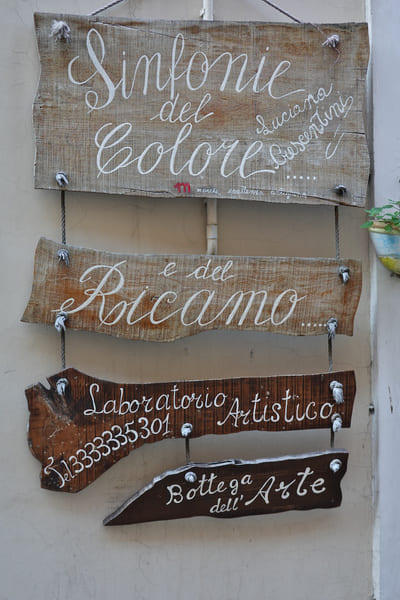
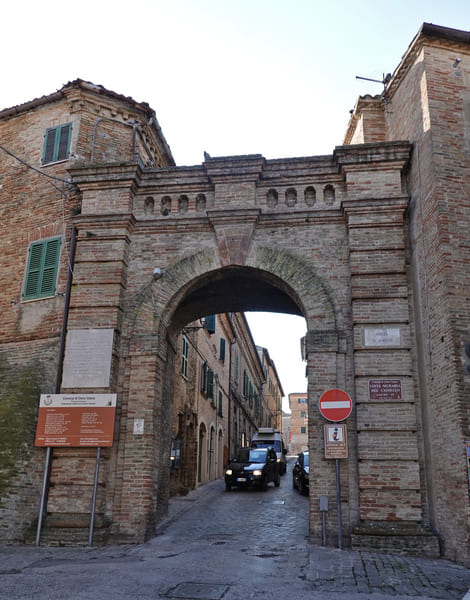

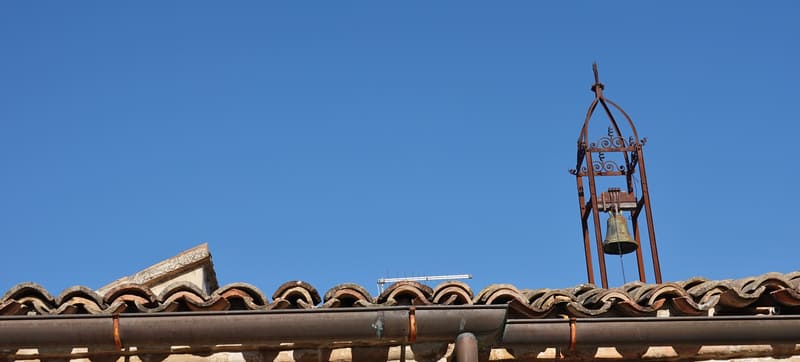
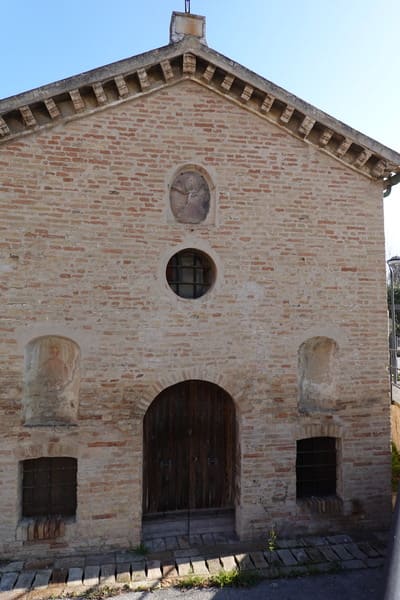
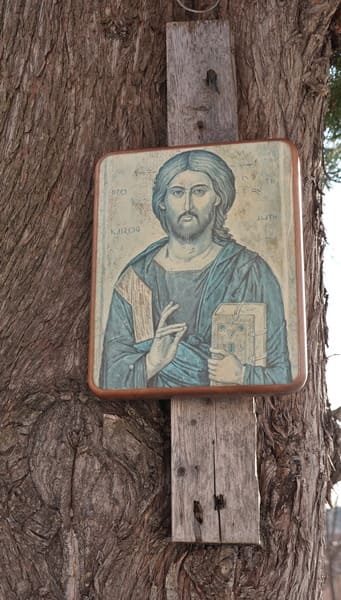
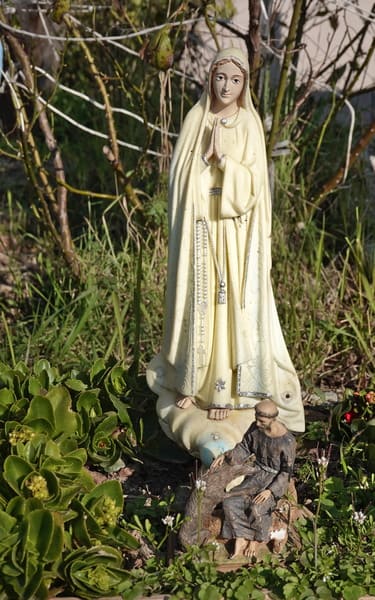
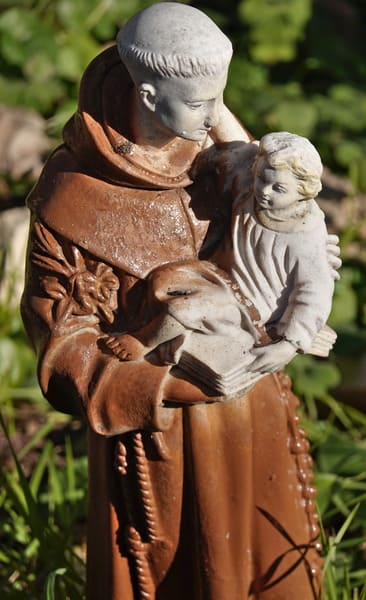
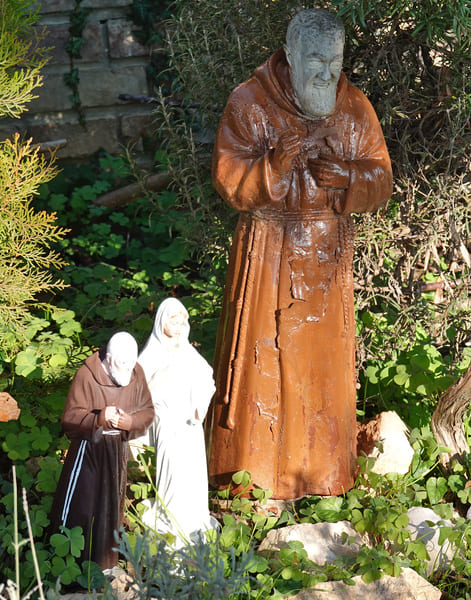
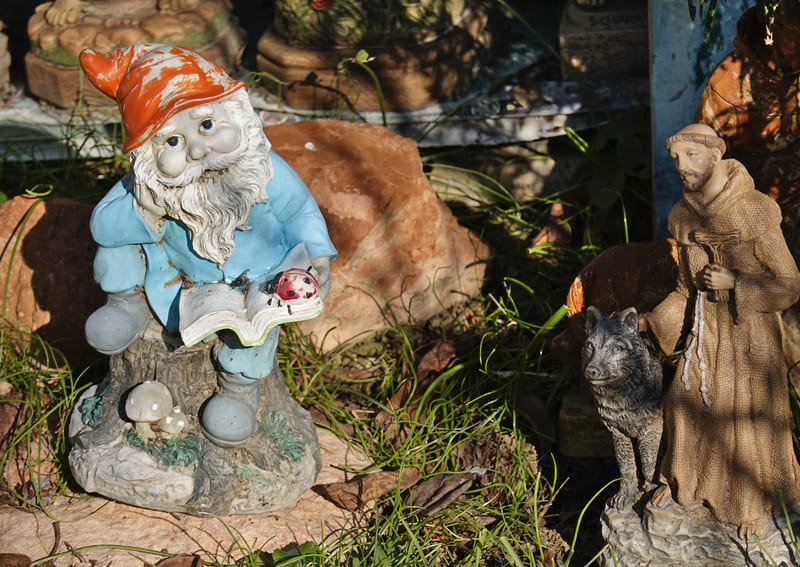

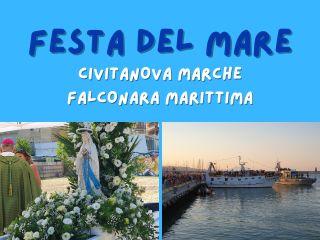
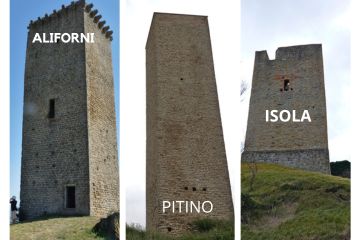
0 Comments